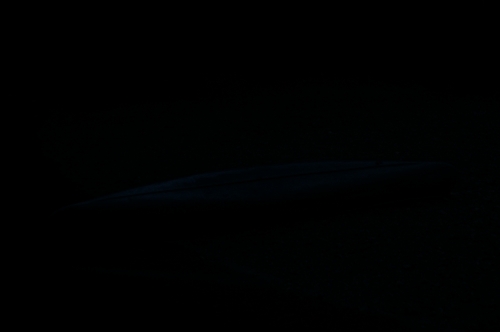RESEARCH INTO COLOR motion pictures
started soon after cinematography itself was invented in the late 19
th century. While color photography at that time was already well-established in the laboratory and by intrepid amateurs, cinema had its own problems, notably the need to project multiple frames per second in order to give the illusion of motion.
The main method of making color photographs was suggested in 1855 by the Scottish physicist James Clerk Maxwell. By exposing three photographic plates separately through red, green, and blue filters, and then projecting those images, overlapping, through the same filters, would then produce a color image on a screen. Or the same images could be printed on paper using various colored inks.
The main problem was determining how to do the same thing with cinematography. Any method devised would have to be visually impressive, relatively inexpensive, and would have to be extremely reliable, especially during projection at the theater. Using three cameras with three color filters was out of the question, due to parallax problems, and worse was the great expense and difficulty of aligning three separate projectors.
Compromises had to be made, and one such compromise was using only
two colors: some color, perhaps, is better than no color. Film stock is transparent and has two sides, and many methods were devised so that one side would be sensitive to one range of colors, with the other side being sensitive to another range of colors. The film would be developed, producing an image on both sides, which were then dyed to the appropriate colors. The film could then be projected through standard projectors with no additional equipment needed. Surprisingly, very many films were created with the two-color method, starting in 1908, becoming common in the 1920s, and this was still used until the 1950s. But few of these color films remain with us today, and many of those survivors are now only available in monochrome versions specially made for early television.
While the two-color method died out in favor of three-color cinematography, by no means should we think that these kinds of methods are completely obsolete, being only temporary solutions limited to a particular place and time in history. Instead, I think that these methods, reinvented with digital technology, are interesting in their own right and can be used by contemporary photographers for artistic purpose. My related research on imitating Autochrome, an early color photographic process with a more limited color palette than is now standard, can be found
here.

